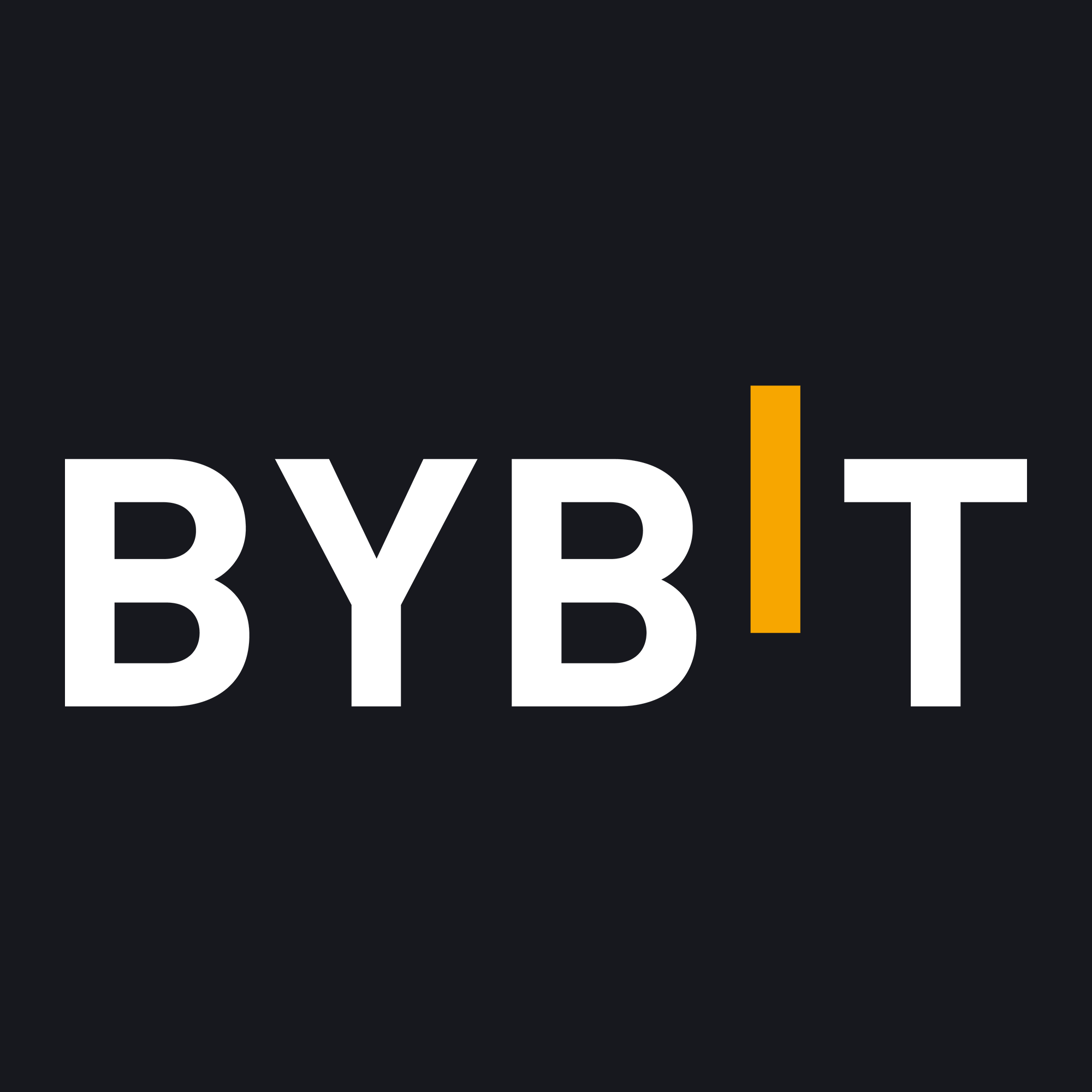Algorand (ALGO) Price Analysis: Today's Key Trends
Algorand (ALGO) price today is $ 0.2578 with a 24-hour trading volume of $ 145.67M, market cap of $ 2.25B and market dominance of 0.05599%. The Algorand (ALGO) price changed -2.77% in the last 24 hours. Algorand (ALGO) price in US dollars is changed by 116.91% over the last 1 year. Over the past year, Algorand (ALGO) has changed by 30.46% against Ethereum and 8.66% against Bitcoin. Algorand (ALGO) total volume is now $ 145.67M, 0.003629% of the total cryptocurrency market volume in the last 24 hours.
Unveiling Algorand (ALGO): A Blockchain Marvel
ALGO crypto emerges as a prominent digital asset operating on a cutting-edge blockchain platform founded by Turing Award recipient Silvio Micali. Introduced to the market in mid-2019, Algorand’s protocol leverages a Pure Proof-of-Stake mechanism, which finalizes blocks swiftly, often in under five seconds. The underlying architecture is designed to process thousands of transactions per second with negligible fees. In contrast to traditional chains, this network ensures decentralization and security by selecting validators randomly and fairly. Over the years, the ecosystem has expanded with various decentralized applications, digital identities, and payment solutions. Furthermore, Algorand’s development team emphasizes ongoing improvements in scalability, interoperability, and smart contract functionality to bolster its overall value within the broader blockchain economy. Key facts about Algorand crypto:
- Founded by: Silvio Micali, Turing Award recipient
- Launch year: 2019
- Consensus Mechanism: Pure Proof-of-Stake (PPoS)
- Transaction Speed: Finalized in under five seconds
- Use Cases: Decentralized applications, payments, stablecoins
This blend of technology and real-world applications underscores why Algorand continues to attract attention within the crypto sphere.
What Sets ALGO Apart? Key Features Users Need to Know
Algorand’s strengths include robust throughput, minimal latency, and a sustainable consensus protocol that addresses both risk analysis and resource efficiency. Its open-source code enables transparent upgrades and integration with a broad range of exchanges that list the asset. The platform’s security infrastructure is rigorously audited, reducing vulnerabilities. Notably, Algorand’s cryptography ensures the authenticity of transactions without relying on centralized gatekeepers, a factor that may indirectly influence ALGO stock price over time.
Algorand Price Trends, Live Data, History, and Predictions
As of late 2024, market data providers indicate the price in usd for Algorand hovers around $0.15. This figure, though subject to swift fluctuations influenced by global economic conditions and industry sentiment, contrasts with its historical high of approximately $3.28 (recorded around June 2019) and a historical low near $0.10 (observed in March 2020). Analysts frequently study its price charts for patterns in volatility and performance, conducting price of ALGO prediction models that blend fundamental indicators and technical signals. While there is no guarantee of a maximum price in the near future, professional assessments often consider emerging partnerships, layer-1 enhancements, and application adoption rates when conducting ALGO crypto price prediction analyses.
How Much Is Available on Exchanges?
Algorand’s circulating supply stands at roughly 7.9 billion units, with a designed total supply capped at 10 billion. A significant portion resides in user-controlled wallets rather than centralized trading platforms, although reputable venues hold a certain fraction.The dynamics of supply and demand influence overall liquidity and the rate at which participants convert tokens between fiat and crypto. Over time, distribution events and staking incentives have encouraged diverse user participation, while careful allocation strategies aim to mitigate imbalances and large-holder concentration on major exchanges.
Understanding Algorand’s Market Capitalization
In late 2024, Algorand’s market capitalization fluctuates around $1.2 billion, reflecting ongoing market sentiment and the network’s standing among the top blockchain platforms, with the Algorand (ALGO) coin price often moving in tandem with these shifts. This figure correlates with Algorand crypto adoption, commercial integrations, and overall community engagement. Historical data shows that the asset’s valuation soared during bull markets, then settled as macroeconomic pressures influenced digital asset portfolios worldwide. A stable or growing market capitalization can signify increasing trust, attracting institutional interest and contributing to the ecosystem’s reputation as a reliable infrastructure for next-generation financial solutions.
What Is the Current Value of ALGO?
The today price of Algorand often reacts to short-term market catalysts, significant technological updates, and major partnership announcements. Traders may deploy algorithmic strategies, liquidity provision methods, or diversification models to navigate price oscillations. Observing intraday charts, some participants capitalize on incremental movements in the Algorand coin price, while long-term investors adopt a more patient stance. In general, the asset’s perceived value emerges from its practical applications in stablecoin issuance, cross-border settlements, and decentralized lending protocols rather than speculative hype. By focusing on utility and trust, Algorand’s network aims to maintain relevance amid changing market climates.
Demystifying Algorand: No Mining, Just Pure Efficiency
Unlike traditional Proof-of-Work networks, Algorand employs a Pure Proof-of-Stake consensus, eliminating energy-intensive mining processes. Instead of miners, validators stake their ALGO to propose and confirm blocks, ensuring sustainability and fairness. This approach removes the inefficiencies and hardware demands seen in older blockchain models. To enhance inclusion, the protocol randomly selects validators in proportion to their stake.This fairness contributes to the network’s credibility, supports Algorand price stability, and reduces barriers to entry. The system’s resilience against adversarial attacks, combined with its straightforward governance model, helps maintain steady throughput and cost-effective operations.


 Trade Now ByBit
Trade Now ByBit